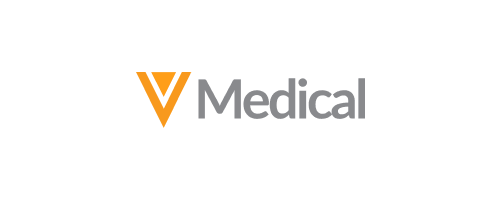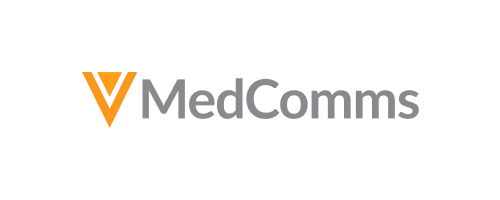Simplifying to Scale: Rare Disease Biotech Increases Efficiency in Medical Affairs
Streamlined content production and approval
Increased efficiency for inquiries
Better collaboration across the medical ecosystem
Developing therapies for rare disease is difficult work that requires innovation, collaboration, and precision across the organization. One rare disease biotech that has grown exponentially in a short period of time, recognized its medical affairs team needed a way to support a growing number of internal and external stakeholders. But to scale, they first needed the right tools to streamline and standardize processes to help them work more efficiently across their teams and the organization.
Improving efficiency for a team with increasing workload
Over the past 15 years, the biotech has grown to 2,000 global employees. The company has evolved significantly during this time, expanding therapeutic areas and establishing a global footprint in new geographies, each with different rules and regulations. All of this has translated into a heavier and more complex workload for the medical affairs teams.
Each new therapeutic area required specialized medical content for multiple audiences that needed to be continuously maintained and updated with information from new research and findings. This made it difficult to standardize document types, workflows, and approvals.
Centralizing content to accelerate production and approval times
The medical affairs team needed to ensure that any new technology would support their collaborative approach to scientific exchange. Deeper dialogue with HCPs, patients, and advocates plays an integral part in better understanding therapeutic needs. It’s about building community, not just pushing out information. Their ideal system would help cultivate these relationships, while also making it easy and efficient for team members with different responsibilities to use.
After evaluating their options, the team moved forward to implement Veeva Medical Solutions to manage both their scientific content (Veeva MedComms) and medical inquiries (Veeva MedInquiry) in one integrated ecosystem. The company adopted Veeva Medical CRM to make it easy for a regional medical director (RMD) in the field to document interactions, share consistent approved content, as well as submit inquiries and track responses.
Veeva MedComms provides one centralized place where teams create, manage, and distribute content. With cross-functional medical team members working in the same system, the medical affairs organization has been able to increase production and better manage approval times, ensure content accuracy, and control the content lifecycle. Content is centrally located, allowing for easy access approved materials. These materials are leveraged for internal training, reference purposes, and external use throughout the medical affairs organization.
They can also easily adapt content for different stakeholders and make updates as needed. For example, content owners can quickly get the most up-to-date content to a RMD by pushing approved documents out from Veeva MedComms to Medical CRM through Veeva CLM. With CLM’s offline capabilities, a RMD can manage and display content offline and record the content used in an interaction or call record. This helps perform back-end reporting and assess content use.
Increasing efficiency for medical inquiries
The medical information team now triages inquiries and assigns them to the appropriate person all within Veeva MedInquiry. Using a library of approved and easily available documents – FAQs, publications, prescribing information, and standard response letters – allows team members to handle increased volume while providing timely responses. Even inquiries that require different workflows and custom responses can be handled within the system. Since everything goes through Veeva MedInquiry, the team can identify and perform quality checks on responses. This helps pinpoint gaps in content and identify areas where they can increase efficiency.
The same applies to product quality complaints. Once this information is captured, it’s passed quickly to Veeva QualityDocs and to the quality team via the open API and interconnectivity of Veeva MedInquiry.
A RMD can now enter medical information requests and review their statuses directly in Medical CRM. This has eliminated manual tasks like follow-up emails. Being able to monitor the status of inquiries can help a RMD better prepare for HCP visits by arming them with the necessary information, including visibility to previously asked off-label questions and responses.
Looking to the future
Choosing a system that could evolve with the business was a priority for the team. The next big push is to take things global using Veeva Medical’s framework to expand and adapt for local markets. This will help create consistency in content messaging, efficiency in content creation, and uniformity in approval and distribution across the globe.
The team is also eager to build on their progress and take advantage of the full functionality of Veeva Medical Solutions. Some of the key areas of interest include:
- Reporting capabilities that allow them to review metrics by document type, identify bottlenecks in approvals, and assess workflows to make them more efficient
- Addition of Veeva MedInquiry Network Connection for OpenData HCP Search
- Scientific communication platform/scientific statement features
- Leveraging approved scientific content across digital channels to optimize communication.
Learn more about efficiently managing medical content and inquiry requests with Veeva Medical Solutions




